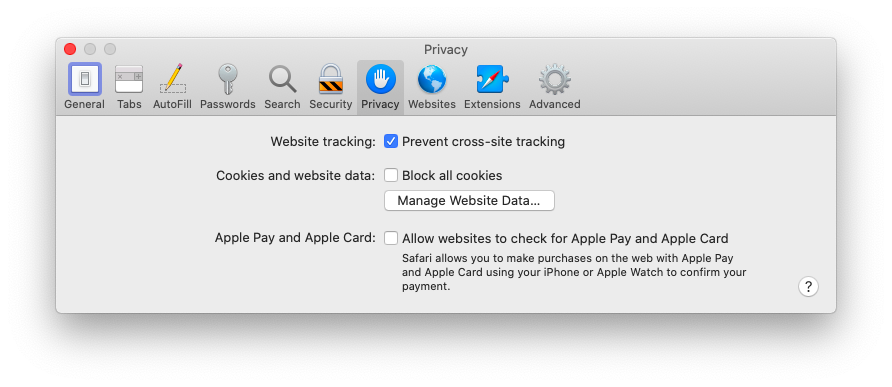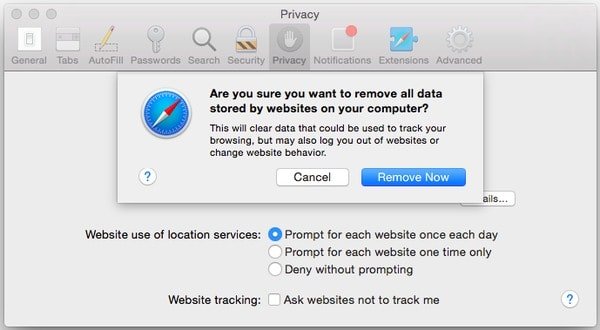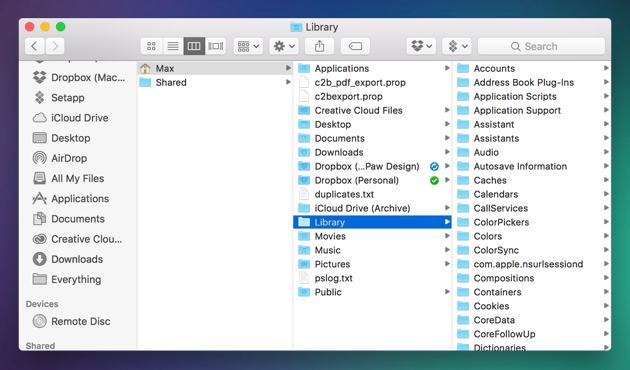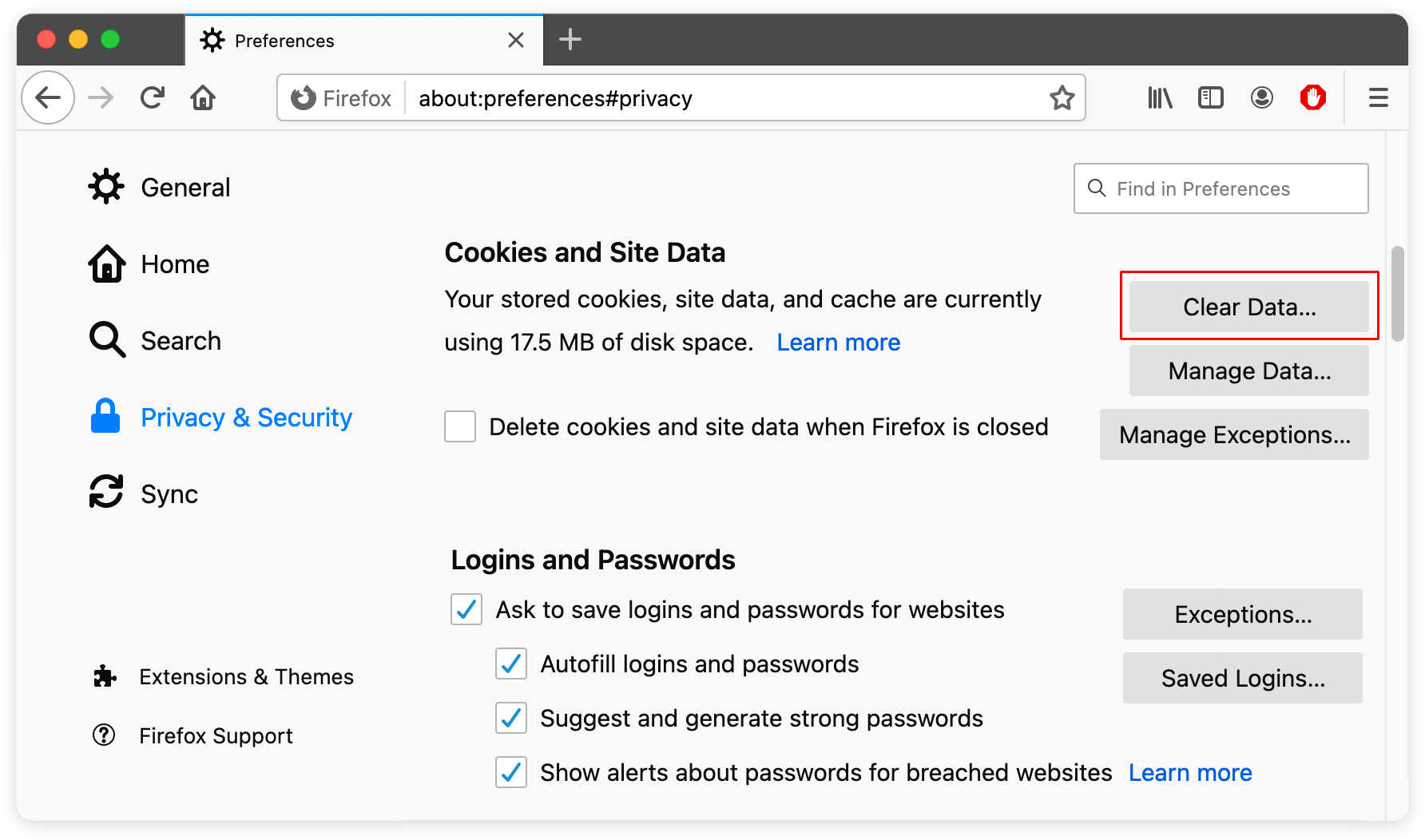
When the scan is finished, click Caches to see different caches you can cleanĤ.
#Macbook clear cookies and cache mac#
With MacKeeper, you can delete cached files from your Mac in just a few clicks:ģ. Not to mention manually clearing caches is a fiddly, time-consuming process, especially if you have a lot of different apps and web browsers to think about. Using a Mac cache cleanerĪs we’ve already mentioned, deleting Mac caches isn’t usually difficult, but there’s also a risk you might delete the wrong thing. You can clear cookies from your Mac’s browsers, for example, or your browsing history. There are all kinds of temporary files you remove too. You can do something similar with most browsers, including Chrome and Firefox. In the menu bar, select Develop > Empty Caches Tick the box next to Show Develop menu in menu bar, and close the Safari preferences windowĤ. In Safari, in the menu bar, select Safari > Preferencesģ. Deleting your browser’s cache will also hide your online activity, protecting your privacy.Ĭlearing browser caches is usually easy. You may occasionally want to clear your Mac’s browser caches because they can end up using a lot of disk space unnecessarily.
#Macbook clear cookies and cache how to#
Now, just delete anything you don’t want How to clear app caches Click Go, and you’ll be taken to your Caches folderĤ. Enter ~/Library/Caches in the window that appearsģ. Here’s how to delete your Mac’s system cache:Ģ. For that reason, you might want to clear your Mac’s system cache every now and then. In any case, these files can end up cluttering up your disk space and slowing down your Mac. These files can range from tiny to quite large files, depending on what they’re for and what app created them. Most Mac apps create temporary cache data. It checks which files are safe to delete, so you don't accidentally remove essential files. If you're in any doubt, use a cleaning tool like MacKeeper. Be wary of deleting cache files from apps you’re actively using, as you run the risk of deleting your work or progress. Make a copy of all the folders, so you can reinstate them in case you encounter issues. You will have to be more careful when deleting cached files in apps, though, because some developers store important files in the cache folders. You shouldn’t run into any major issues if you delete cached files from system-level ( /Library/Caches/) and user-level folders ( ~/Library/Caches/). It’s good to be careful about deleting stuff from your Mac, but it’s generally safe to remove cached data. If any of these things happen, then it can be a good idea to clear caches on your Mac. That can include information you’ve entered into web forms, your browsing history, and so on

Cached data may contain private information that you don’t want other people to see.Cached data may also become corrupted, causing your Mac to behave unpredictably.



Web browsers have caches, for example, where they store content from web pages, so when you return to those pages, your browser doesn’t have to load that content again. Operating systems like macOS have caches, but so do individual apps. Quite simply caches are areas where computers temporarily store data that they’ll likely need again soon. Macs, like all computers, use caches to help them maintain performance.


 0 kommentar(er)
0 kommentar(er)
